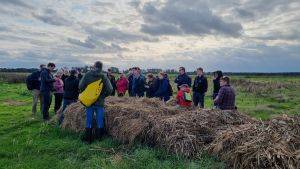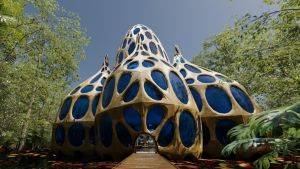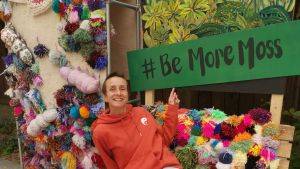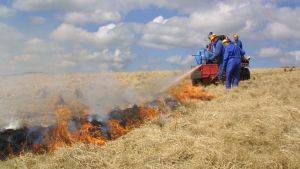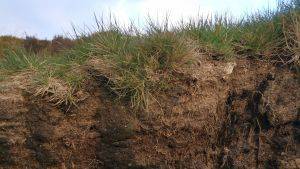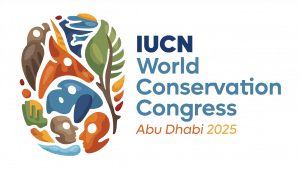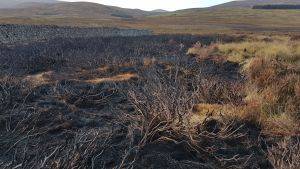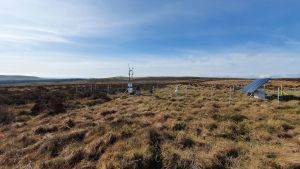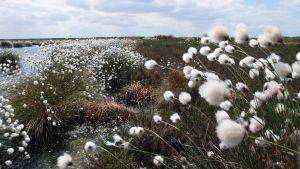Reviving the peatland ecosystem of Ganges Tidal Floodplain
Introduction
This project focuses on the peatlands of the Ganges tidal floodplain, which are characterised by the organic materials that occupy more than half of the upper 80 cm of the profile and can also be present in different layers within the same soil.
Description
Bangladesh has approximately 224,700 ha of peatland habitat, covering around 1.6% of the total area of the country. These peatlands are distributed between the Ganges river floodplain and the Ganges tidal floodplain in Gopalgonj, Bagerhat, as well as in the adjoining parts of Khulna, Barisal, and Jessore districts of Bangladesh. There are also limited peat deposits in the Sylhet basins in the north-east of the country. Despite this coverage, peatland is viewed as marginal land in Bangladesh and has not received much attention over the years. Lack of public awareness and weak environmental regulations are the primary drivers of peatland conversion and depletion in the country. The main threats to this peatland ecosystem include; 1.The use of peat soil as fuel for the conventional cooking stoveused by local people 2.The extraction of snails from the habitat to be used as feed for commercial shrimpfarms 3.The conversion of peatland to cropland through drainage and embankment 4.The pollution from fertilizer and pesticide washout from nearby agricultural fields
Project Aims
Using Geographic Information System (GIS) and remote sensing, a land use map of peatland will be generated to better understand the spatial temporal status of the habitat. It is recognised that increased collaboration between government, NGOs, educational institutions and the local community will play an important role in conserving this important natural resource and protecting the environment. The research team plan to work with the local farming community to identify alternative options for income generation, including multi-storied agroforestry systems and quail farming, so that peatland conversion can be avoided.
Site Activity
A research team from Bangabandhu Sheik Mujibur Rahman Agricultural University took the initiative in the middle of 2012 to conserve the peatlands of the Ganges tidal floodplain. They carried out a baseline survey to assess the current status of the peatland, identify the major threats to the peatland ecosystem, and finally to design a framework to manage the resource. A GPS data of land use identified 29 different land use types in the area, including dry cropland, wet cropland, fish farm and settlement. Raising awareness among the local community of how valuable the wetlands are, and increasing their participation in conservation efforts, has been identified as a vital aspect of managing this environment. So far awareness raising activities have been carried out with 120 farming families, as well as two schools.
Project Name: Reviving the peatland ecosystem of Ganges Tidal Floodplain
Organisation / Lead partner: Bangabandhu Sheik Mujibur Rahman Agricultural University
Predominately: Upland

